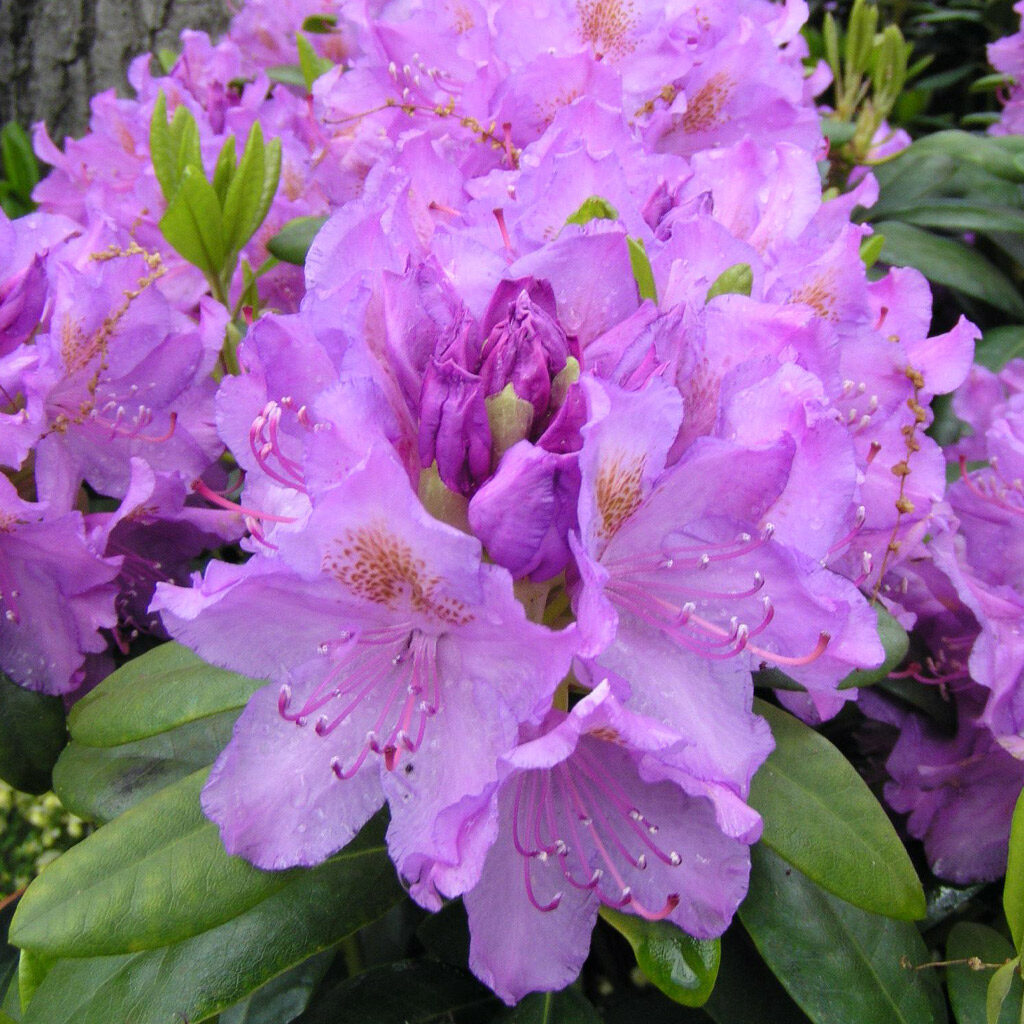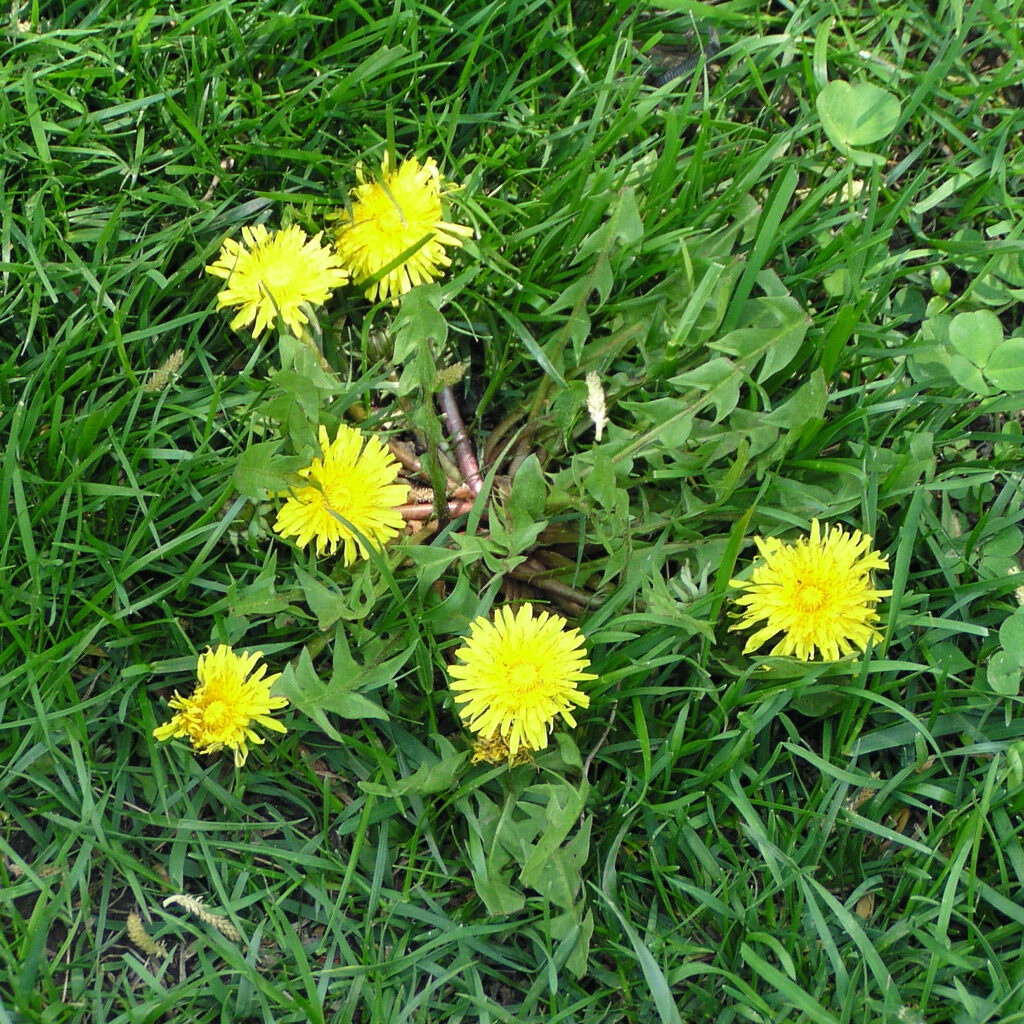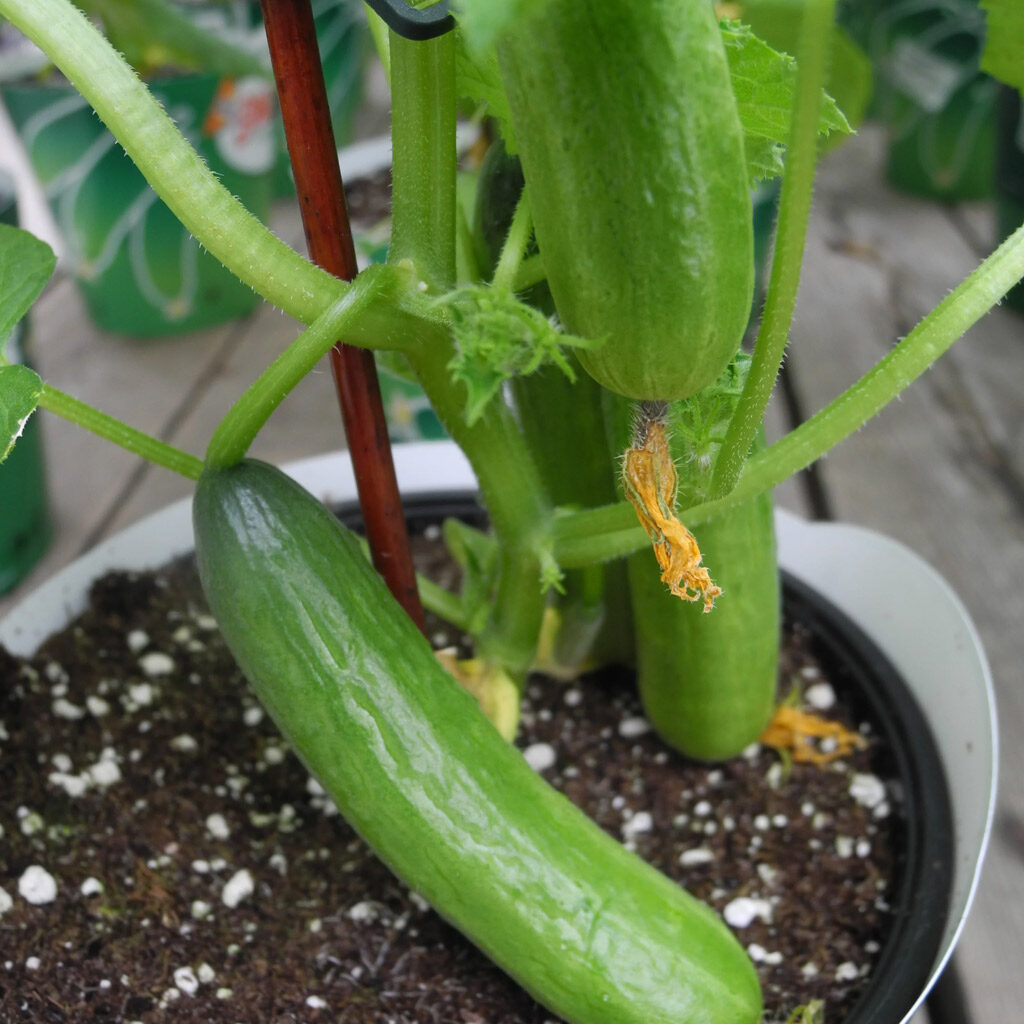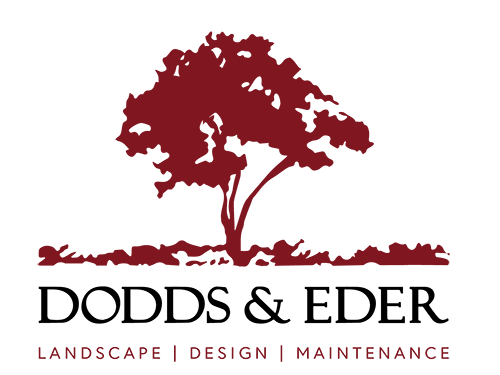It’s May! Even after what was considered by many to be an “easy” winter, it’s great to be outside in the fresh air—whether in the garden or other favorite places!
So, if you’re planning to tackle a few things on your property this week, here are some easy tips to consider:

If you’re looking to add mid-spring color to the garden or landscape, rhododendrons, azaleas and viburnums are great candidates to choose from. Why do we love these plants? They add great seasonal color and interest to landscape beds, borders and home foundations.
Don’t be too hasty to remove leaves from daffodils, hyacinths and tulips after flowering. The leaves still have work to do as they manufacture needed food for next year’s blooms. Once the leaves turn yellow and ratty looking, cut back to the ground. You can still plant your warm season annuals, just tie the leaves together or tuck them down under your new plantings.

Little weeds usually means little problems. It’s wise to keep up (or get ahead) with weeding to avoid bigger problems later. Dandelions, henbit, and wild violets are appearing in lawns and landscape beds. If you decide to “hand pull” dandelions, make sure you remove the underground taproot too! Chemical and organic options are worth exploring.
Lawns are actively growing thanks to cool spring weather and rainfall. Mow weekly to keep up with all the new growth! And if you mow weekly, do NOT bag the clippings; leave them on the lawn and allow them to recycle back into the soil.

Hoop peonies now before they become too tall and floppy. No one likes flowers covered with rain-splashed dirt. Hoops can be open, or with grids. Whatever you decide to buy or use, hoop them now.
Continue to add cool season veggies to the garden. Lettuce, kale, peas, radishes, broccoli, onions and garlic are great additions to the garden.

Don’t get caught with your plants down! In another week or so, warm season veggies like tomatoes, eggplants, cucumbers and peppers can be safely planted. (If you already bought or planted your warm season veggie transplants, keep an eye on overnight temperatures. Anything below 40 degrees F, tuck them in a garage or cover for the night.)
Warm season means just that, temperatures that are warm enough to warm the air and the soil. Planting too early can cause plants to stall, and in some cases, die with cold temperatures. (Couple cold soil temperatures with excessive rain/soil moisture and you have the potential for some serious rotting of young transplants!)
